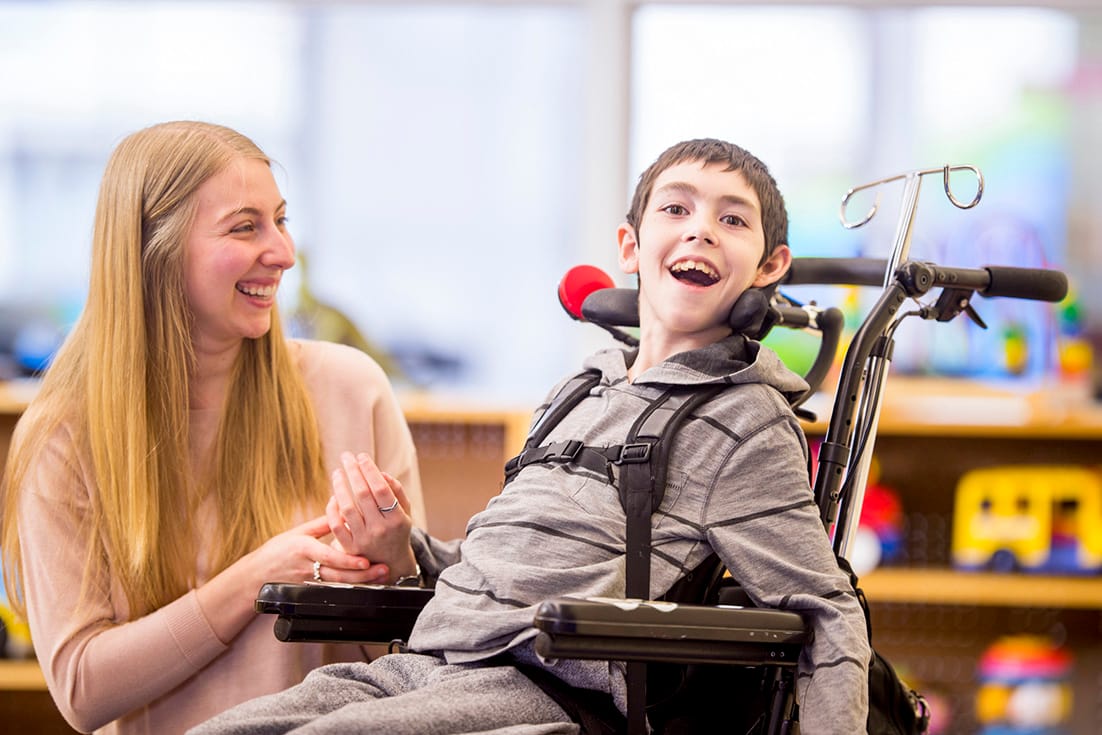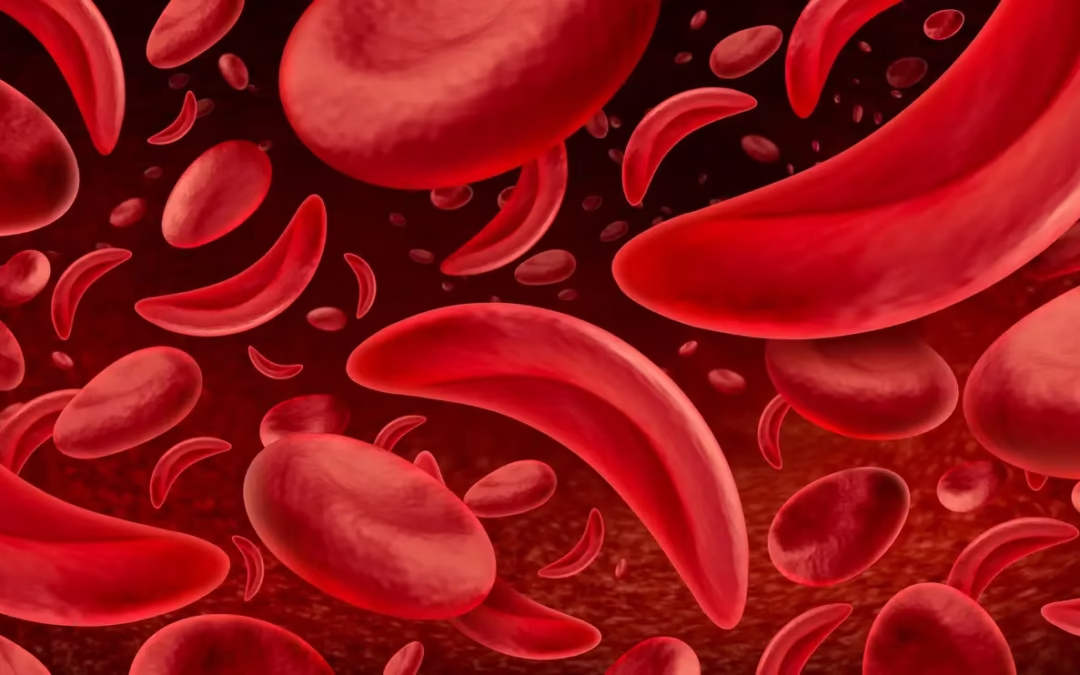Content discussed in this post
What SMA is and why it matters
Symptoms and signs by age group
SMA types and the role of SMN2
Diagnosis and newborn screening
Disease-modifying treatment
Respiratory and nutritional support
Physical therapy, speech-language pathology, and orthopedics
Lifestyle and family support
Quick FAQ
Important notice (health disclaimer)
References and recommended reading
What SMA is and why it matters
Spinal Muscular Atrophy (SMA) is a genetic disease that causes progressive loss of motor neurons in the spinal cord and brainstem. The result is muscle weakness and atrophy that variably affects sitting, walking, swallowing, and breathing. The most common cause is absence or mutation of the SMN1 gene, responsible for producing SMN protein, which is essential for motor neuron survival. The number of SMN2 copies modifies severity, helping explain why some children have milder presentations than others.
SMA matters because timing is critical. Early diagnosis and initiation of disease-modifying therapies have significantly changed the outlook. Alongside specific treatments, multidisciplinary care improves comfort, communication, autonomy, and safety.
Symptoms and signs by age group
Clinical presentation depends on SMA type and age of onset. In infants, the hallmark is hypotonia. In older children and adults, proximal weakness predominates, especially in the shoulder and pelvic girdles.
Common and useful signs to recognize:
Hypotonia and a “floppy baby” posture in infants
Proximal weakness with difficulty lifting the head, rolling, sitting, rising from the floor, or climbing stairs
Weak cough, rapid breathing, and respiratory effort, especially during infections
Dysphagia with choking, weight loss, or failure to gain weight
Contractures and scoliosis over time
Fine hand tremor and tongue fasciculations may be present
Motor milestones help estimate severity. Some children never sit unsupported, some sit but do not walk, and others walk and progress more slowly. Respiratory infections can cause decompensation, making prevention and early management essential.
SMA types and the role of SMN2
Clinical typing guides expectations and care planning:
Type 1 SMA: onset in the first months of life. The child does not hold the head up or sit unsupported. There is a high risk of respiratory and nutritional complications.
Type 2 SMA: onset up to 18 months. The child sits unsupported but usually does not walk. There is a relevant mid-term risk of scoliosis and respiratory issues.
Type 3 SMA: onset after 18 months. The child walks but may lose ambulation over time.
Type 4 SMA: adult onset, generally mild to moderate weakness with slower progression.
SMN2 copy number tends to correlate with severity. More copies usually mean a milder course, though there are exceptions. This information informs therapy decisions and family counseling.
Diagnosis and newborn screening
Diagnosis is genetic. Testing identifies biallelic deletion or mutation in SMN1 and quantifies SMN2 copy number. Electromyography and CK have a more limited role today because molecular testing is well established. In many regions, newborn screening for SMA is part of expanded panels. Identifying disease before symptoms allows earlier treatment and better motor and respiratory outcomes.
Diagnosis should be accompanied by genetic counseling, including discussion of recurrence risk in the family and future reproductive options.
Disease-modifying treatment
Three approaches have changed the SMA landscape. Choice depends on SMA type, age, weight, clinical status, and health system access.
Nusinersen: intrathecal therapy that modifies SMN2 splicing to increase functional SMN protein. Given as loading doses followed by maintenance.
Risdiplam: a daily oral therapy that also modulates SMN2 splicing. The oral route can improve adherence for some patients.
Onasemnogene abeparvovec: gene therapy using an AAV9 vector to deliver a functional copy of SMN1. Typically a one-time infusion, with careful monitoring and a defined course of corticosteroids.
Outcomes are most pronounced when treatment begins early, especially in children identified by newborn screening. Even in symptomatic individuals, there can be functional gains, stabilization, or slower functional decline. Decisions are individualized, with ongoing monitoring for efficacy and safety.
Respiratory and nutritional support
Even with specific therapies, clinical support remains central. The goal is to prevent complications and maintain comfort and independence.
Breathing and airways
Noninvasive ventilation (NIV) during sleep for hypoventilation
Cough assist (mechanical insufflation-exsufflation) and airway clearance techniques to aid secretion removal
Up-to-date vaccination, with emphasis on influenza and pneumococcal
An action plan for respiratory infections, with warning signs and when to seek care
Nutrition and swallowing
Speech-language pathology evaluation for dysphagia; posture and consistency adaptations
Nutritional support to prevent malnutrition and immune decline
Consider gastrostomy when oral intake is unsafe or insufficient
Physical therapy, speech-language pathology, and orthopedics
Rehabilitation is continuous and tailored to life stage.
Physical therapy: maintain range of motion, prevent contractures, gentle targeted strengthening, respiratory training, and energy conservation
Occupational therapy: orthoses, adapted utensils, seating, positioning at home and school, strategies for activities of daily living
Speech-language pathology: safe swallowing; augmentative and alternative communication (AAC) when indicated
Orthopedics: monitoring scoliosis; prescribing orthoses or surgery based on functional and respiratory criteria
Lifestyle and family support
Caring for someone with SMA is a family project. School planning, accessibility, transportation, social benefits, and emotional support need attention. Support groups connect families, share experiences, and strengthen networks. Caregivers should receive guidance on self-care, warning signs, and how to navigate the health system.
Quick FAQ
Is SMA curable?
A definitive cure is not the current standard. Disease-modifying therapies change the course and improve outcomes, especially when started early.
Do exercises help or harm?
Light, therapy-guided exercises help. Excessive force and overload can tire without benefit. Plans should be individualized.
Does every child with SMA need ventilation?
No. Needs vary by SMA type and stage. Periodic evaluations determine when to start support.
Does gene therapy replace other treatments?
It depends. Some people receive gene therapy and continue close follow-up. Decisions are personalized.
Important notice (health disclaimer)
This content is educational and does not replace medical care. For personalized diagnosis, treatment, and rehabilitation plans, seek a healthcare professional and a multidisciplinary team.
References and recommended reading
Finkel RS, et al. Nusinersen in infants with spinal muscular atrophy. N Engl J Med.
Mercuri E, et al. Risdiplam in type 2 and non-ambulant type 3 SMA. Lancet Neurol.
Mendell JR, et al. Single-dose gene-replacement therapy for SMA. N Engl J Med.
AAN and SMA guidelines. Recommendations for multidisciplinary management and respiratory support.
Cochrane Reviews. Interventions for SMA and rehabilitation.
Consensus statements from pediatric neurology and neuromuscular societies.
Newborn screening materials from national and regional programs.



